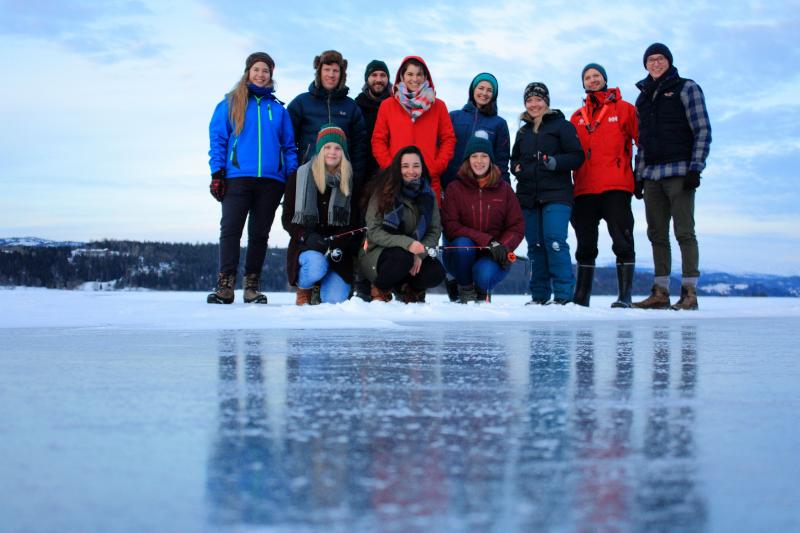All about the (sea) trout
Hopefully a few sea trout have found a bit of water (not round here mind) and are starting to return to our rivers at the moment. Fitting then to hand over the blog to Angus Lothian, a PhD student at Durham University (see his first blog here) to reflect on a new network for sea trout research.
Salmo trutta is a truly fascinating ‘species’, with such varying life history strategies and showing large phenotypic plasticity, exemplified by their key characteristic of partial-migration. It is not yet fully known what drives partial-migration, with a component of a population of trout smolting and emigrating from rivers to sea, and the rest remaining river-resident. Although the trout has often played second fiddle to Atlantic salmon, recent surges in the interest of trout ecology and biology, and in particular sea trout, has led to a rise in the number of scientists and PhD students researching this field.

As early career researchers, it is important for us put name-to-face, and to share our research with our compatriots to help each other by offering advice and opinions, and to generate the potential for future collaborations. To enable this, 12 PhD and Masters Students (and one Principal Investigator), from six European countries, specifically all working on sea trout, were invited to meet each other and discuss their research at the Norwegian University of Science and Technology (NTNU) owned Snåsavatn Field Station on the banks of Snåsavatn Lake.


Over two days, we each gave a 30 min presentation about our research. The projects ranged from acoustically tracking sea trout through Norwegian fjords and Scottish sea lochs, to the influences of metabolism on smolting, genetic differences between neighbouring trout populations, and the impact that weirs and hydropower schemes have on both upstream and downstream migrating trout (sea trout, brown trout, precocious-parr, and smolting juveniles).
It was not all presentations though. For many of us, we gained some new experiences, including ice fishing on Snåsavatn Lake, with some of us being lucky to catch some Arctic char. And to finish the meeting off, we donned our warmest clothes and some reindeer pelts, walked out onto the lake with a sled of wood, and enjoyed sitting around a bonfire with a faint glimmer of the Aurora Borealis above us.

Meetings like these are important in the development of early career researchers. Not only did each of us come away with a foundation for future collaborations, combining various skill sets to ask the bigger and more complex questions, but we all bonded together, which is vital for any personal advancement in science.
A huge thank you to the organisers and funders of this meeting, especially NTNU, and we are very much looking forward to the next one (destination yet to be determined)!
